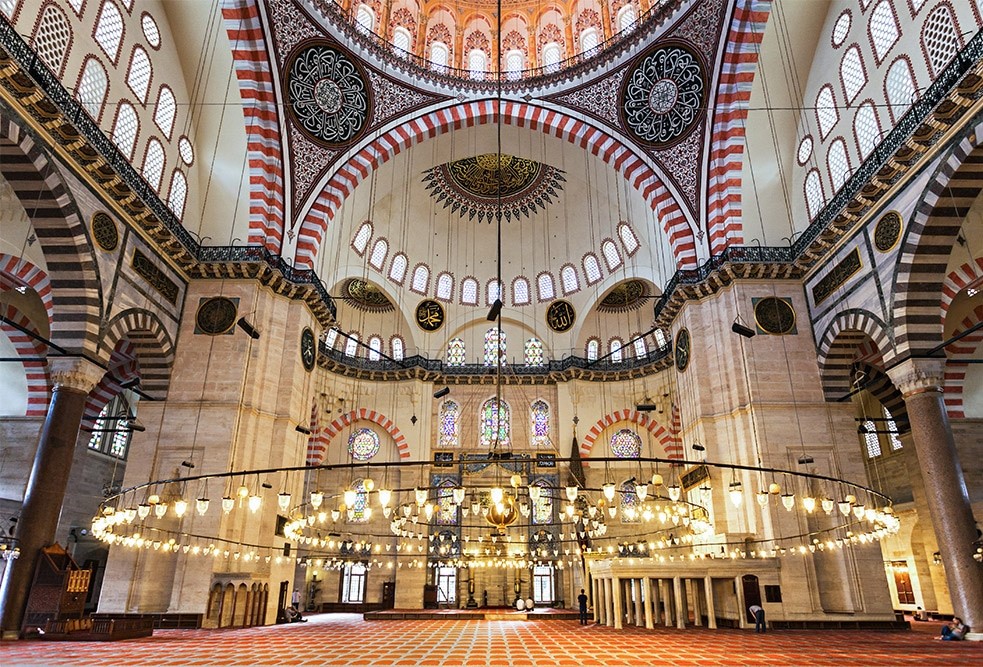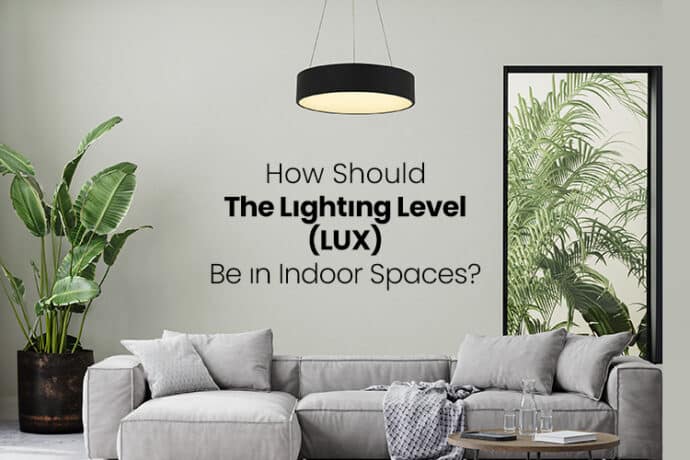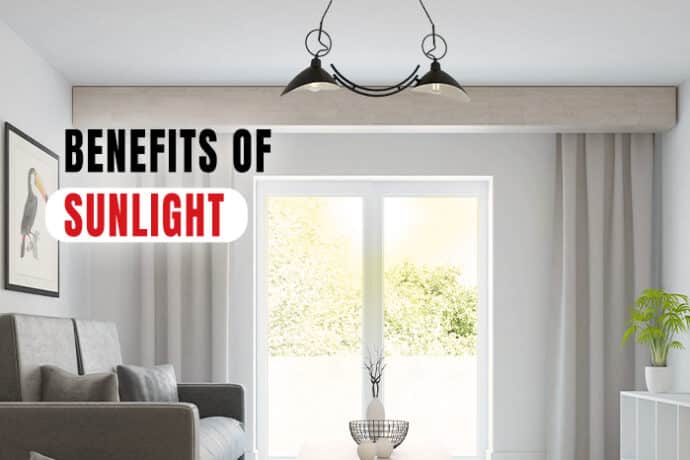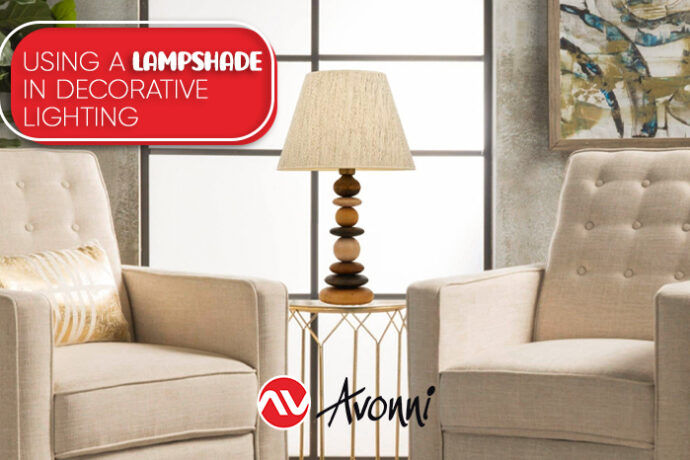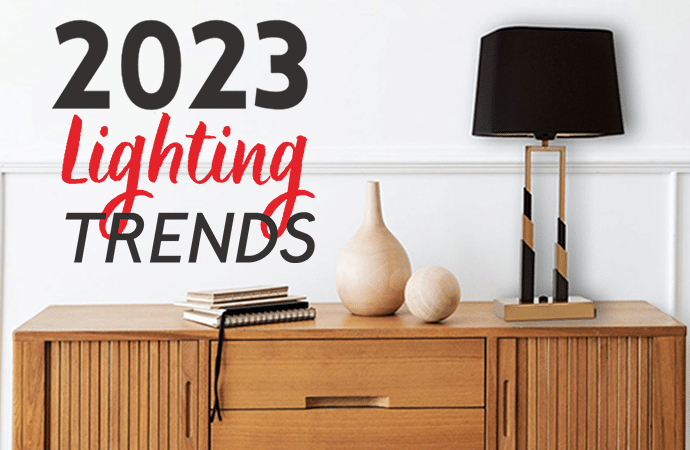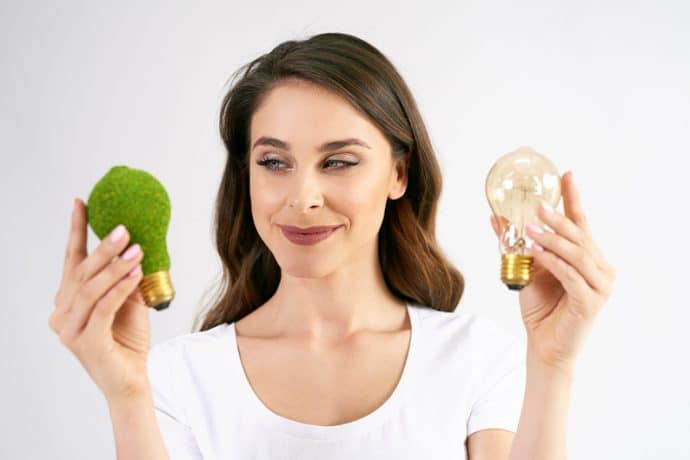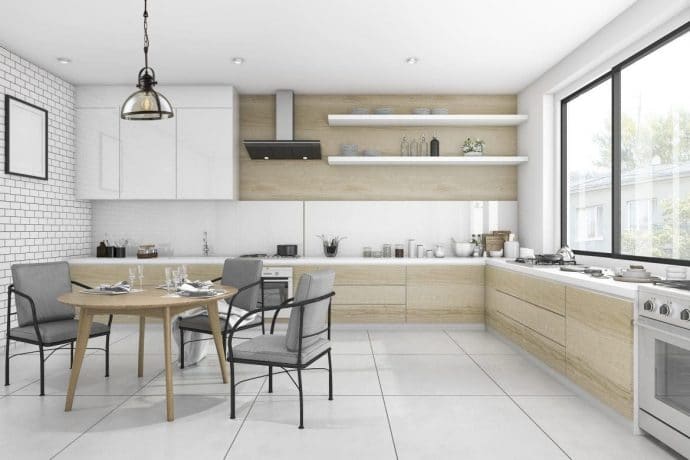Most important things to consider while choosing mosque chandelier? We will be explaining this topic in our article
Getting the natural ambiance of mosque requires choosing the right chandelier.
In this article, you will find lighting suggestions that you should consider for your mosque construction project or mosque renovation.
How are mosques illuminated effectively?
The luminance levels of mosques depend on multiple factors such as the number of the people inside, the average age, and activities inside the mosque.
Average age of congregation
While the average age increases, the amount of light required also increases.
If there is an older congregation, more light will be required, while for a younger congregation less light will be sufficient.
Number of people in the congregation
The number of congregations coming to the mosque for morning and evening prayers is not the same. Depending on the number of the congregation, it will be sufficient to illuminate certain parts of the mosque.
Lighting according to the events
The amount of light inside the mosque also varies according to the usage purposes of the mosque. The lighting used for everyday will not be the same used for special ceremonies.

What should be the number of bulbs required to illuminate the mosque?
• Since mosques are different from each other in terms of design and size, there is no single lighting calculation suitable for all mosques, but you can use the following method that gives average values:
• Find the total square meter value of the main part of the mosque,
• Do not include areas such as portico, courtyard, and fountain in this total.
• The light level on the surface of this area should be an average of 250 Lux for a mosque.
With the formula; Lumen = Lux * m2, the total amount of lumen needed is determined.
- After the total lumen value is calculated, it is divided by the lumen value of the bulbs and the total amount of bulbs is calculated.
To explain through an example:
- The main part of the mosque: 100 m2
- Floor : 25 m2
- Total Area = 100+25=150
- Total Lumen value = 250 lux * 150 m2 = 31,250 Lumen
- 500 lumen value is written on the box of the bulb we will use.
- In this case, 37.500 / 500 = 75 bulbs will be required to illuminate the mosque.
We have calculated the approximate number of bulbs we should use in the mosque; but it should not be forgotten that these lights should be distributed homogeneously in the mosque. In other words, the mosque cannot be properly illuminated with a chandelier with 60 bulbs in the center. These lights should be distributed homogeneously throughout the mosque, with a chandelier in the center, sconces on the walls, and chandeliers that illuminate the mahfil floor and the bottom of the mahfil.
How do we benefit from natural light in mosques?
Especially historical mosques are not only open during prayer times. Apart from religious worship, they are also visited for cultural purposes. It is necessary to make maximum use of natural sunlight in the illumination of these mosques, which are active all day. When you look at historical mosques, you will see that the windows are not small. There are even many windows under the dome to let in natural sunlight.
What type of bulbs should be used in mosques?
LED bulbs should be used in mosques to save energy. These bulbs give more light with less energy and last longer. It is not necessary to change the bulbs at short intervals.
What should be the color temperature in mosque lighting?
Mosques are centers of worship. Since these are peaceful environments, it is appropriate to illuminate them with softer and more relaxing lights. 3000K/4000K color temperatures are recommended for mosques.
For more information about color temperatures, click here.
What should be the CRI value of mosque chandeliers?
If the mosque has a historical or special texture, lighting with high CRI values will be appropriate for these texture lightings. Lighting with high CRI values should also be used for mosques where mevlit programs are filmed for televisions.

What should you pay attention to when choosing a mosque chandelier?
- If the height of the chandelier used in the center of the mosque is too high, it will be necessary to build a scaffold during the maintenance and cleaning. If the dome of the mosque is not very high, choose wide chandeliers instead of high chandeliers.
- Since the maintenance of the mosque chandeliers cannot be done frequently by the mosque administration, the crystals used in the chandeliers become dusty over time and form a bad image. If there is no special cleaning program, do not prefer crystal chandeliers in mosques.
- The bulbs have a lifespan and will need to be replaced when their economic life is over. Choose chandeliers whose bulbs can be easily replaced. LED bulbs with suitable quality have a long life. They don’t need to be changed very often. Prefer LED bulbs. When replacing expired bulbs, do not forget to check out other bulbs.
- With the development of LED lighting, the use of decorative LED lighting in mosque chandeliers is becoming more and more common. LED drivers have a lifespan just like light bulbs. It is necessary to make sure that the LED drivers of the chandelier have good quality. In addition, it should be possible to easily replace the LED drivers.
- If the lamps used in mosque chandeliers are open, these lamps collect dust inside. Prefer to use chandeliers with overhead lamps. You should also make sure that these lamps are easy to clean.

How should physical security be in mosque chandeliers?
- The carrier chain hanging from the dome of the mosque and the dome connection points are usually made ready during the construction of the mosque. When buying a chandelier for the mosque, find out the weight of the chandelier and make sure that the chain hanging from the mosque dome can carry 3.5 times the chandelier weight. It is not a coincidence that the safe handling tolerance was chosen as 350% (i.e., 3.5 times). It is calculated by taking into account many factors such as hot, cold, humidity. The chain manufacturer should be contacted and the chain certificates should be checked.
- If the chandelier in the mosque is renewed, make sure that the carrier chains calculated for the old chandelier are also safe for your new chandelier.
- If the diameter of the chandelier is Ø:500 cm and larger, it would be appropriate to use carrier steel wires that go vertically from the circle to the dome instead of carrying the weight of the chandelier from the center.
How should electrical safety be in mosque chandeliers?
- Make sure the cables used in mosque chandeliers are copper cables. Aluminum alloy cables should not be used inside the chandelier.
- Make sure that the lamp holder and led drivers used in the chandelier are in CE standards and in compliance with CE safety labels.
- Check that the chandelier has a grounding line and connect this grounding line to the grounding line of the mosque.
- Turn off both the switch and the fuse of t he line coming to the chandelier during processes such as maintenance, cleaning and bulb replacement. Assign a person to wait by the key or the board so that no one else will come and open it while you are doing these operations.
- If there is a section in your chandelier that does not work electrically, ask for help from an authorized electrician. Do not try to repair it yourself.
What are the mosque chandelier models?
• Ottoman mosque chandeliers: These are the models in which there are oil lamp glasses under the circles of the chandeliers, and the bulbs are inside these lamps.
• Crystal mosque chandeliers: They are chandeliers that expand from top to bottom and have dome glasses on their sides. There are also crystal chandeliers without dome glasses.
• LED mosque chandeliers: They are chandeliers that use LED lighting for main lighting purposes or used for decorative purposes added to the oil lamp lighting.
• Armed mosque chandeliers: These are the chandeliers that have lighting on the arms and arm ends that come out of the center of the chandelier. Decorative crystals can also be found on the arms of these models. It can be used with dome glasses or bare bulbs at the ends of the arms.
• Mosque chandeliers with lanterns: They are chandeliers that contain decorative lanterns instead of oil lamps in lighting, whether with an arm or a ring.
How should you control mosque chandeliers?
- The number of congregations worshiping in mosques is not always the same. The number of the congregation will be much higher than in normal times, such as on Kandil evenings, Ramadan nights. For this reason, the illumination of the mosque should be sufficient for the entire congregation.
- When the number of worshipers is small, it is important that the lights can be dimmed or only illuminate certain areas. The regional control of the lights provides energy-saving lighting.

• If the general lighting of the mosque is provided by the chandelier in the center, it will be advantageous for the chandelier to have several light levels. When energized, all the lights in the chandelier do not need to be on at the same time. There should be 2-3 switches for the chandelier and the lights should be adjusted according to the light needs. In order to control the chandelier in a few steps, the power line to the chandelier must be multiple.
• However, if there is only one power line, then partial lighting can be made with remote-controlled disconnector circuits. These systems can even be applied to existing chandeliers. However, if there is only one power line, then partial lighting can be made with remotely controlled disconnector circuits. These systems can even be applied to existing chandeliers.
• In modern mosque chandeliers, where LEDs are used as basic lighting, you can request LED lighting to be dimmed. Thus, instead of illuminating the chandelier part by part, all the lights will be dimmable. You can increase or decrease the light level as needed.
You can review our project catalog for more information about site-specific chandeliers that you may need to illuminate large spaces such as mosques, hotels and meeting rooms.
